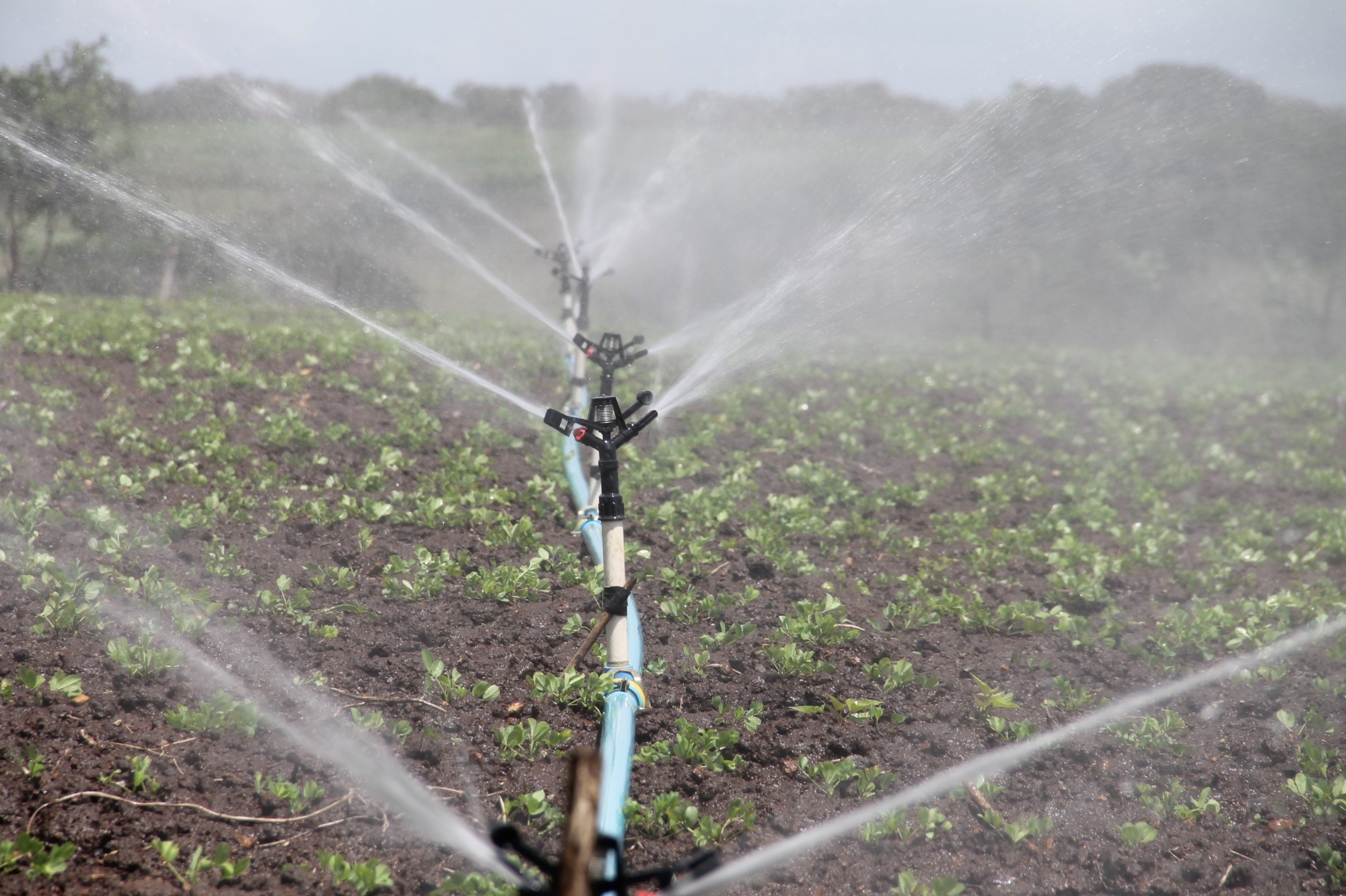
Engineering Our Water Systems: What Is Irrigation? How Does It Work?
Do you know where your food comes from? If not, you’re certainly aren’t alone. In fact, many people take for granted all the work and resources that go into growing the crops that keep food on the table.
One of the most important resources in the production of food is water. After all, you need water to make things grow.
Delivering water to crops is called irrigation. But what is irrigation exactly?
This article takes a look at the importance of irrigation to the world of farming and gardening, as well as how this process works. Keep reading to discover insight into the water systems that make large-scale food production possible.
The History of Irrigation
Irrigation was first used in ancient civilizations, including Egypt and China. These ancient people built canals, dams, dikes, as well as storage facilities in order to distribute water to crops located a great distance away. Rome built aqueducts, which are structures designed to transport water from snowmelt in the mountains to surrounding cities and towns. This water supply was used for irrigation, drinking, and bathing, among many other purposes.
Modern irrigation technology makes it possible to store tremendous amounts of water for long periods of time, and massive pipelines deliver water to farms hundreds of miles away. This type of water distribution is made possible with water pumps.
Learn about a well pump at PumpBiz.
Common Irrigation Methods
There are several common and effective irrigation methods.
- Center-Pivot – is an automated method of irrigation that uses a rotating sprinkler boom that is placed in the center of a field of crops.
- Subirrrigation – is an irrigation method that uses a buried pipe to discharge water directly into the root zone.
- Surge Flooding – is a traditional method of flood irrigation that involves releasing water onto a field at intervals. This method is designed to reduce the amount of unwanted runoff that’s released.
Each of these methods is vital to the farming industry around the world for managing their water supply.
Techniques for Making Irrigation More Efficient
One of the problems with irrigation is wasted water. In order to reduce wasted water, farmers use a variety of techniques, including field leveling and the reuse of runoff.
Field leveling involves the use of equipment specifically designed to level farmland so that the land will hold the water rather than running downhill.
Farmers also have techniques for capturing and reusing runoff water rather than simply wasting it. This runoff irrigation water is captured in ponds and then pumped back to the fields where it can be used during the next irrigation cycle.
A Guide to Understanding “What is Irrigation?”
It’s no secret that irrigation is essential to the farming industry. When it comes to answering the question, “what is irrigation?”, this article helps provide a basic understanding of the topic and techniques used by farmers around the world.
Keep scrolling to discover more great lifestyle tips and advice on your blog.
